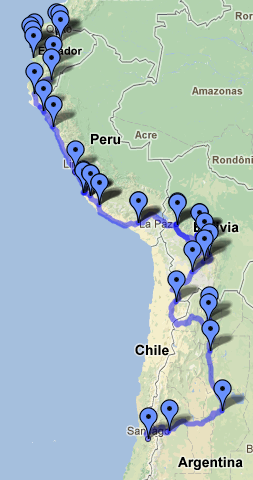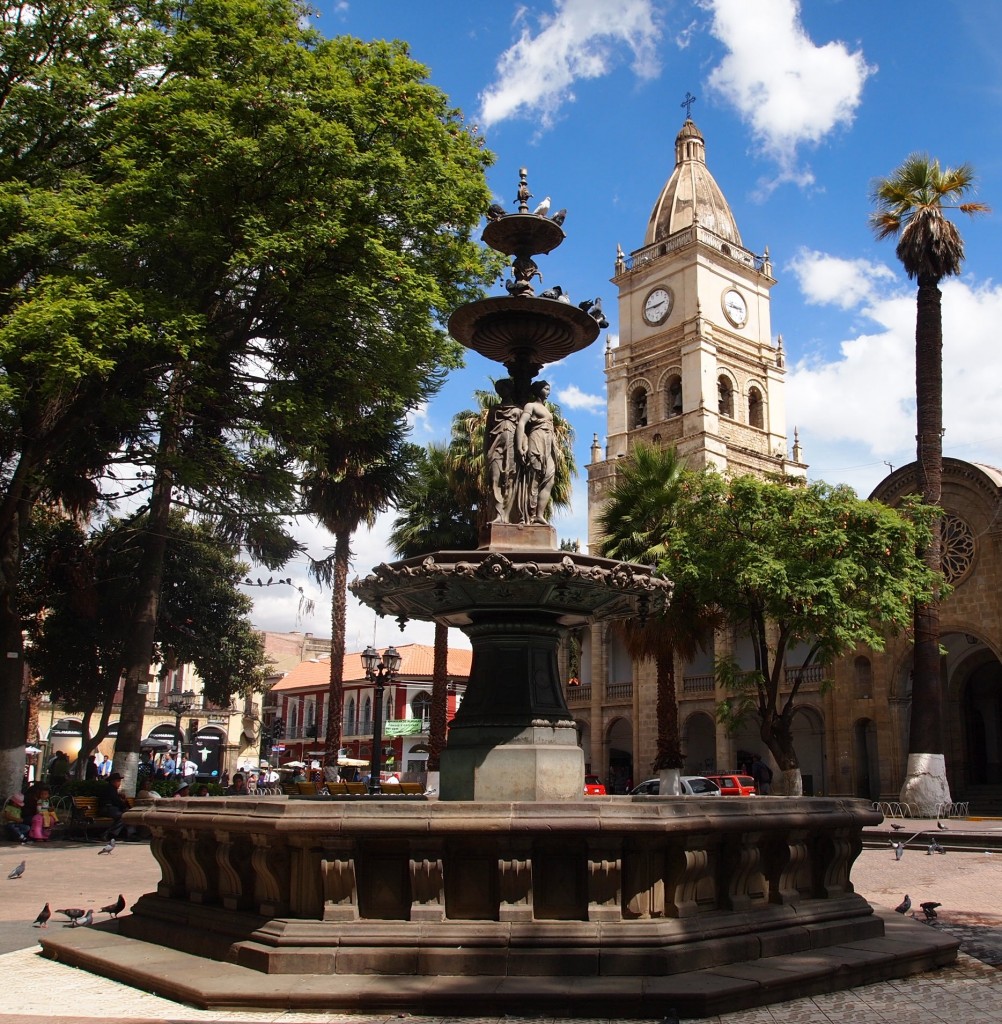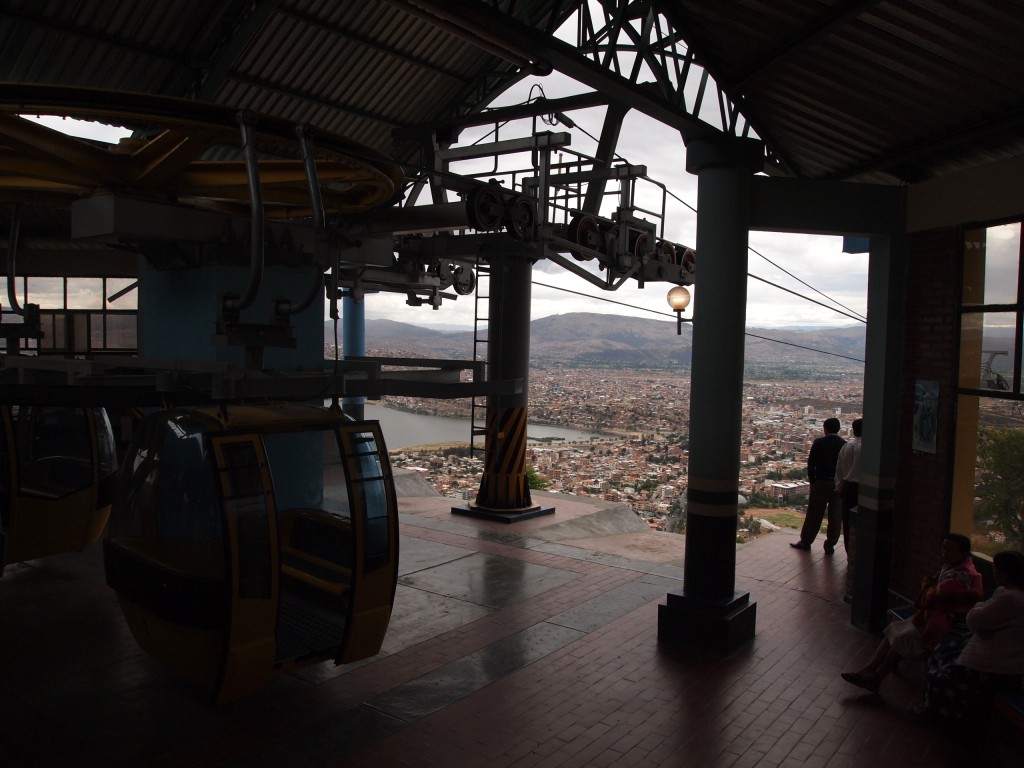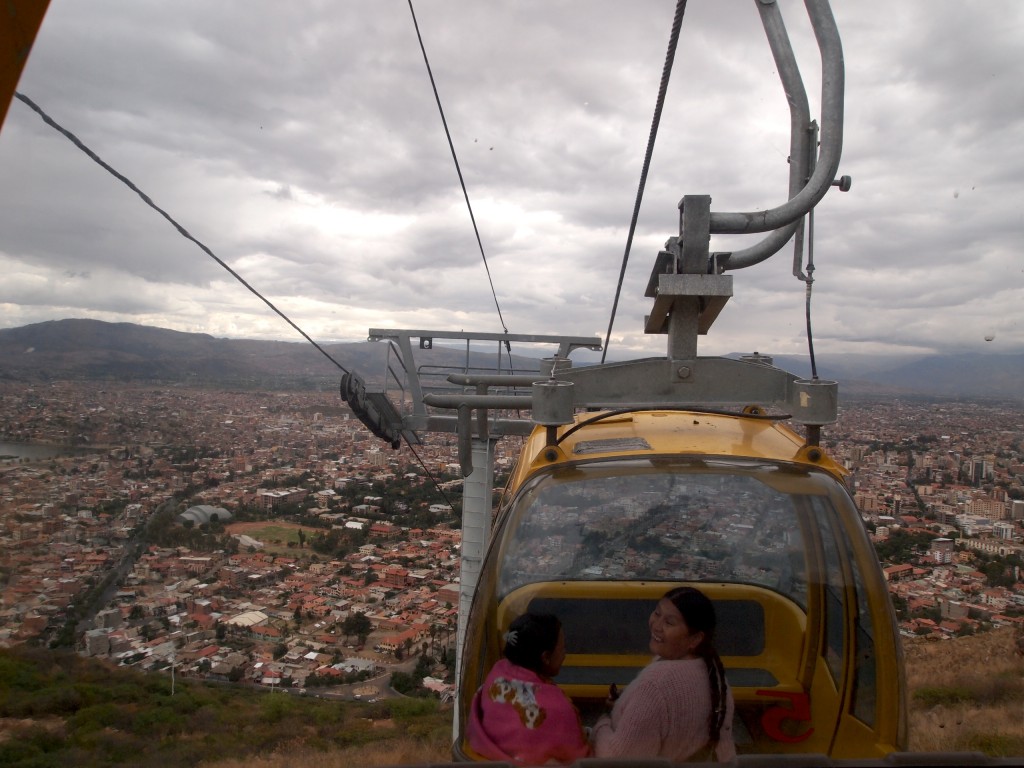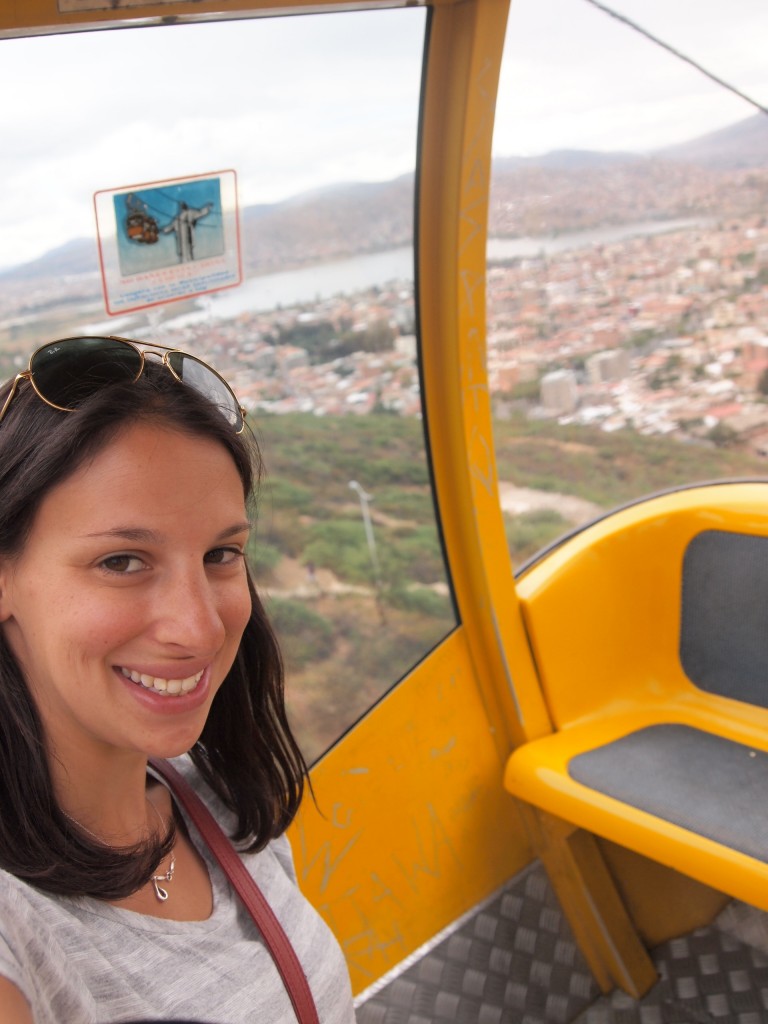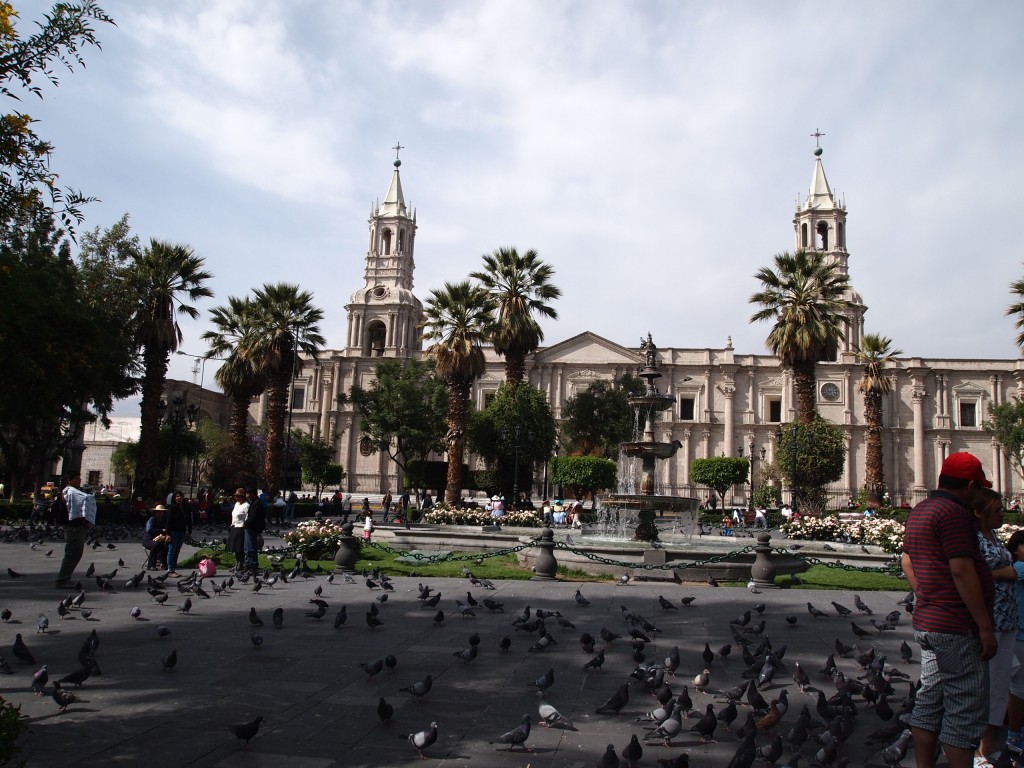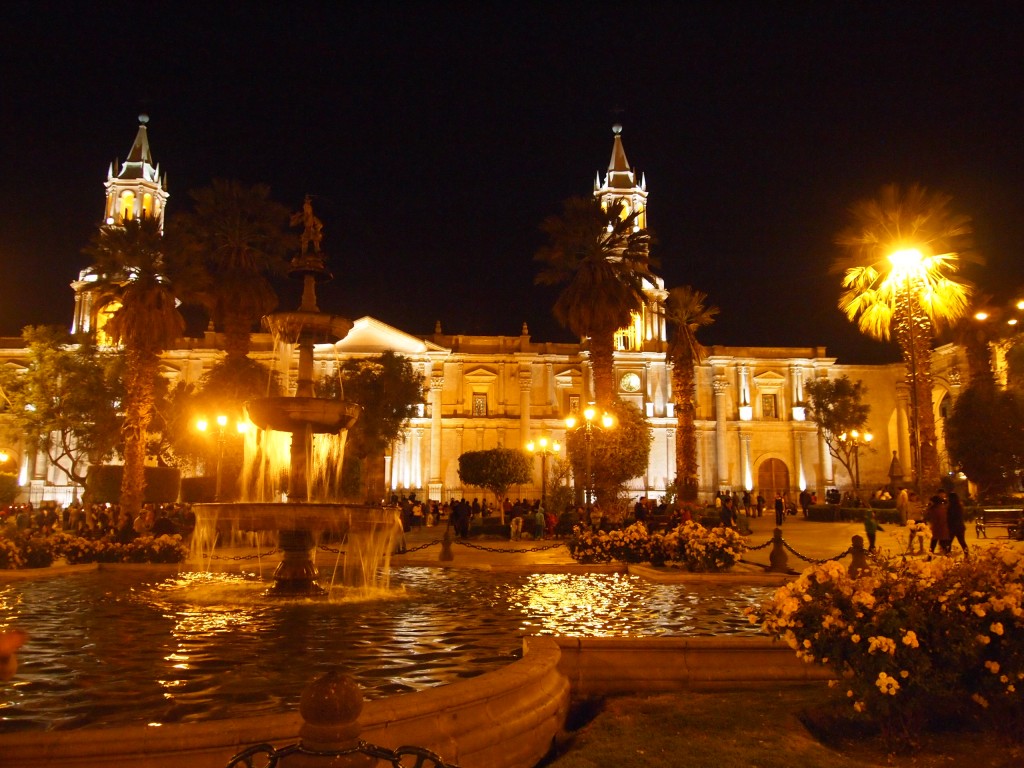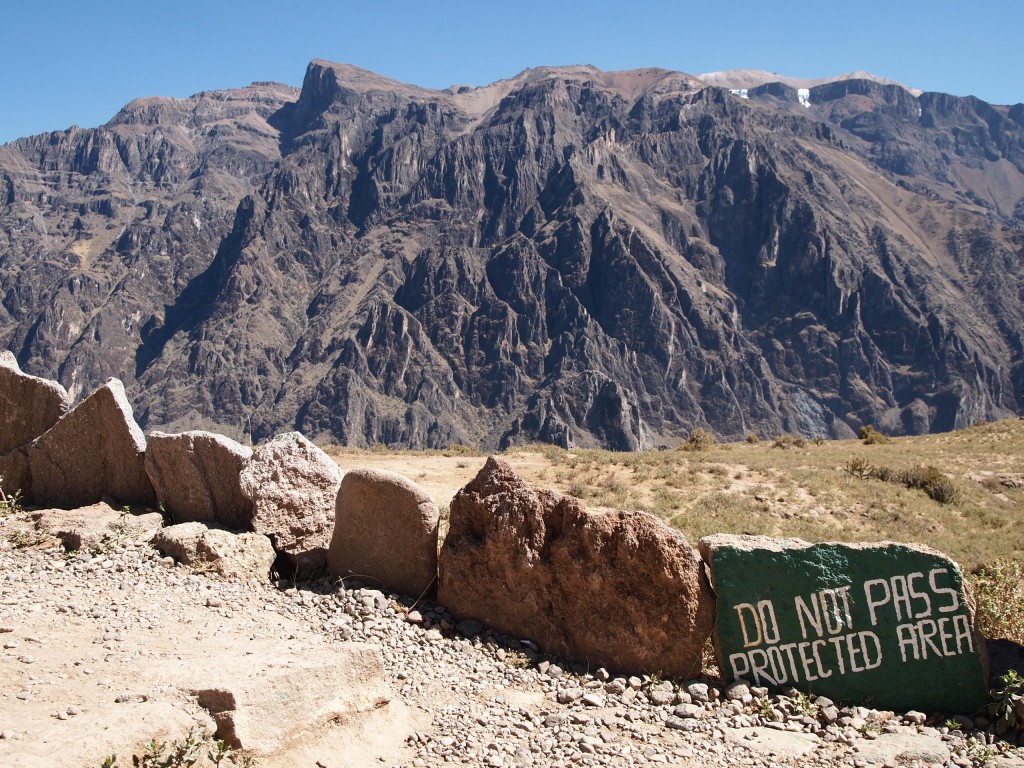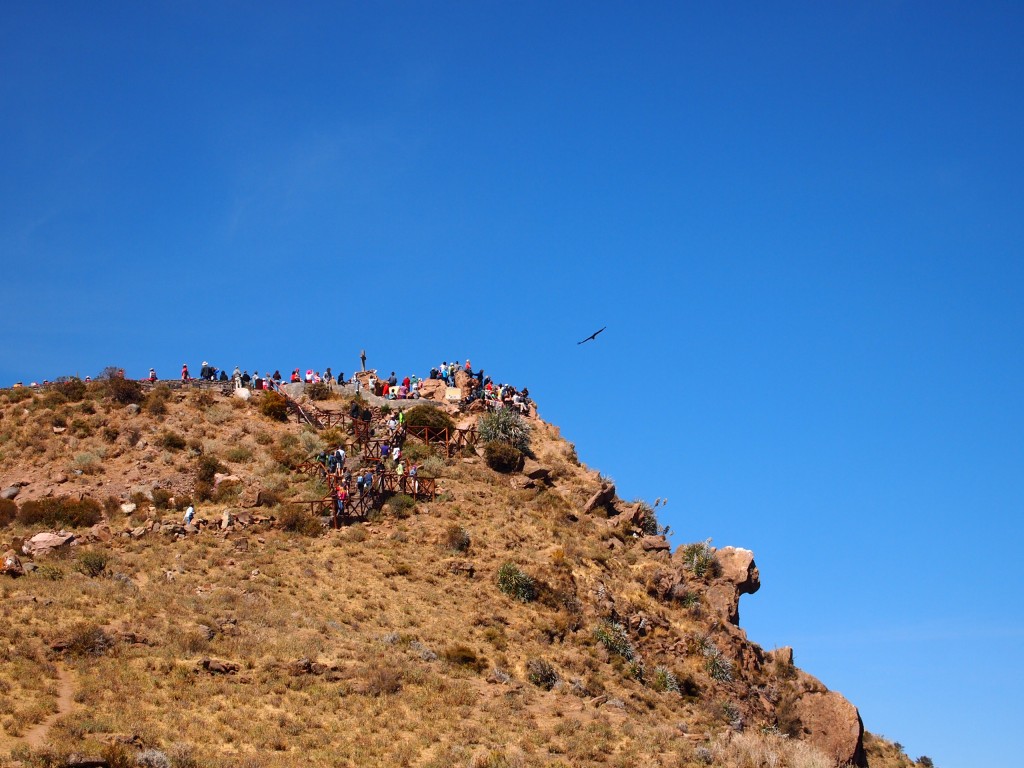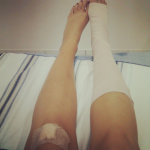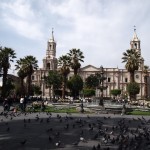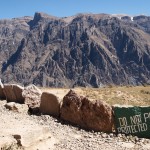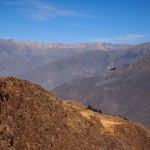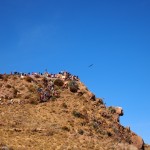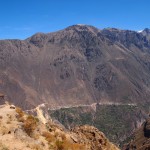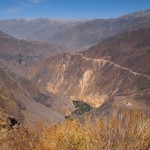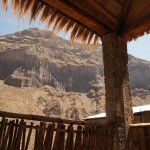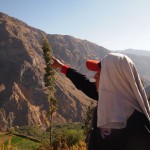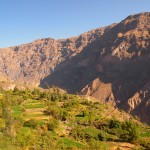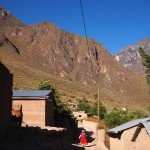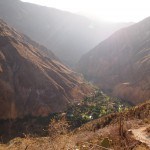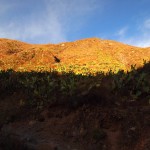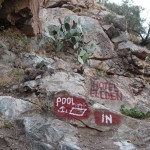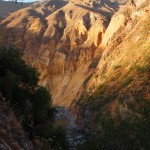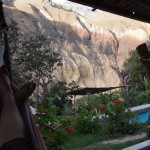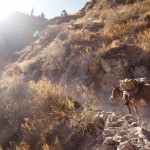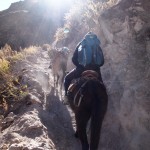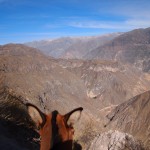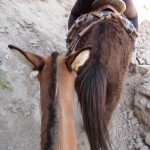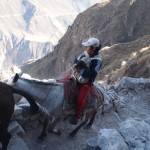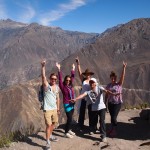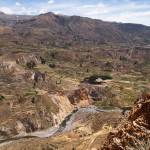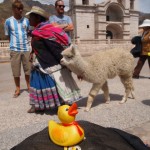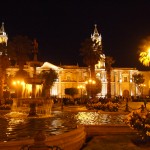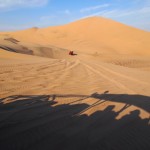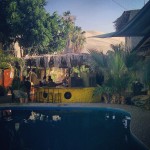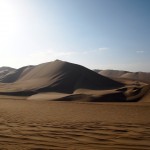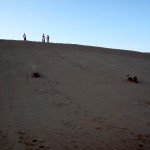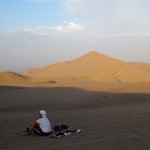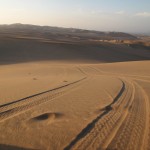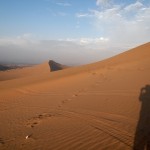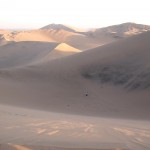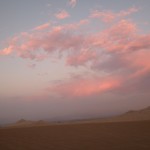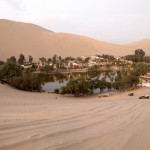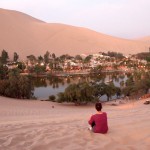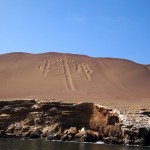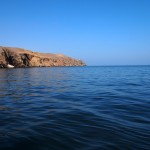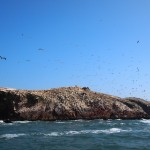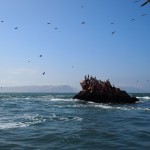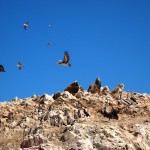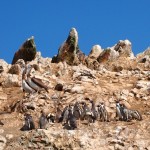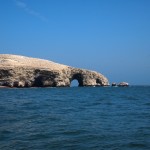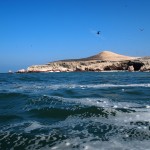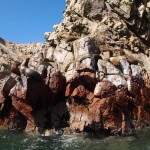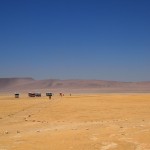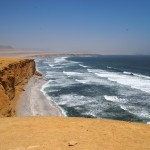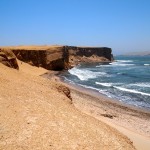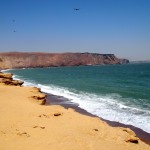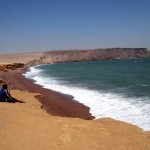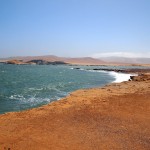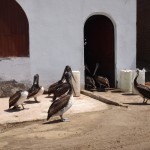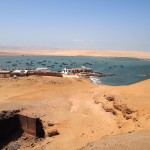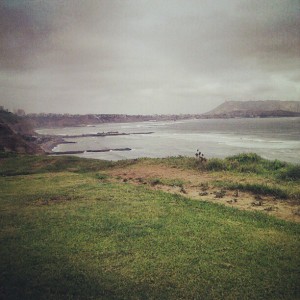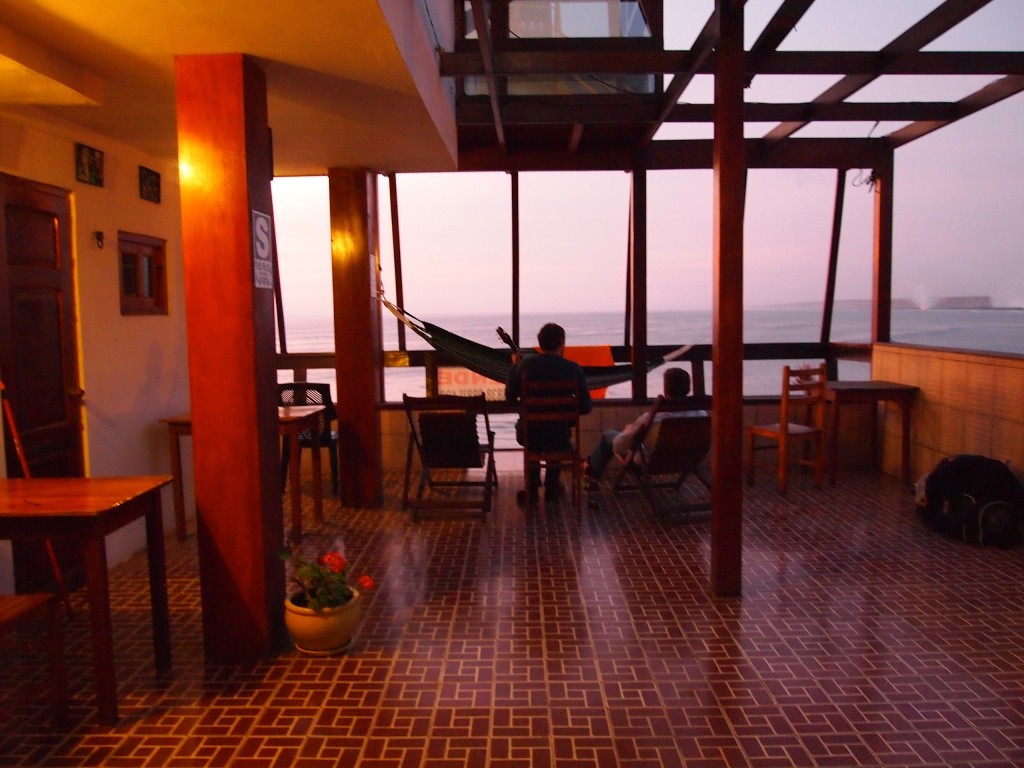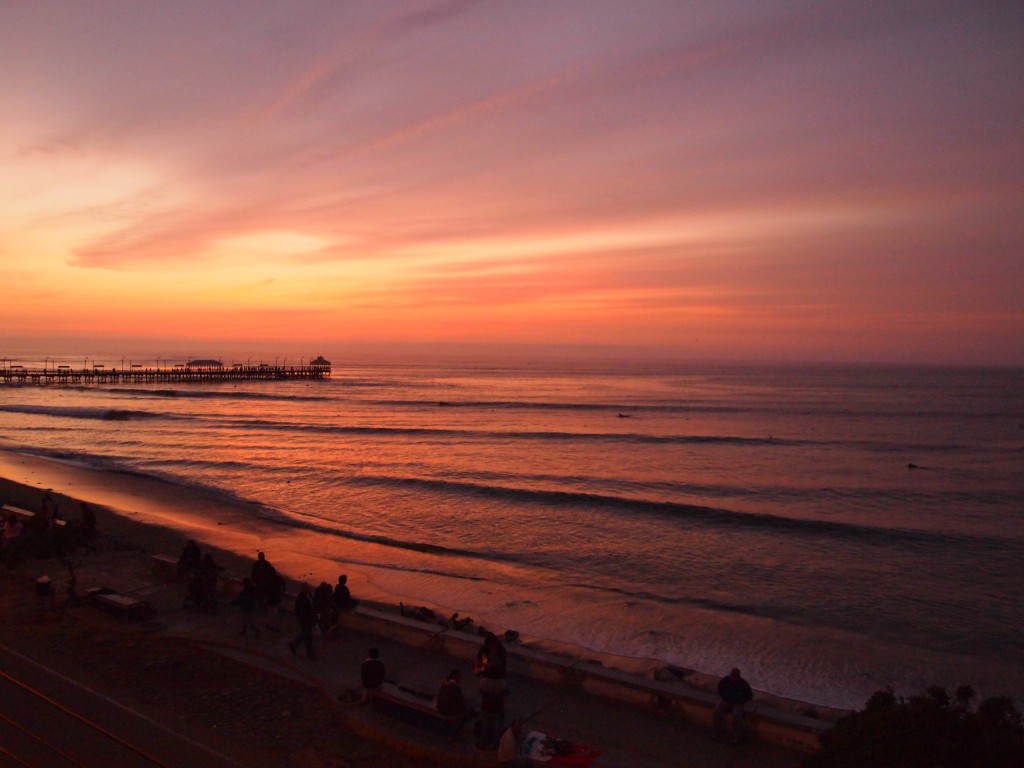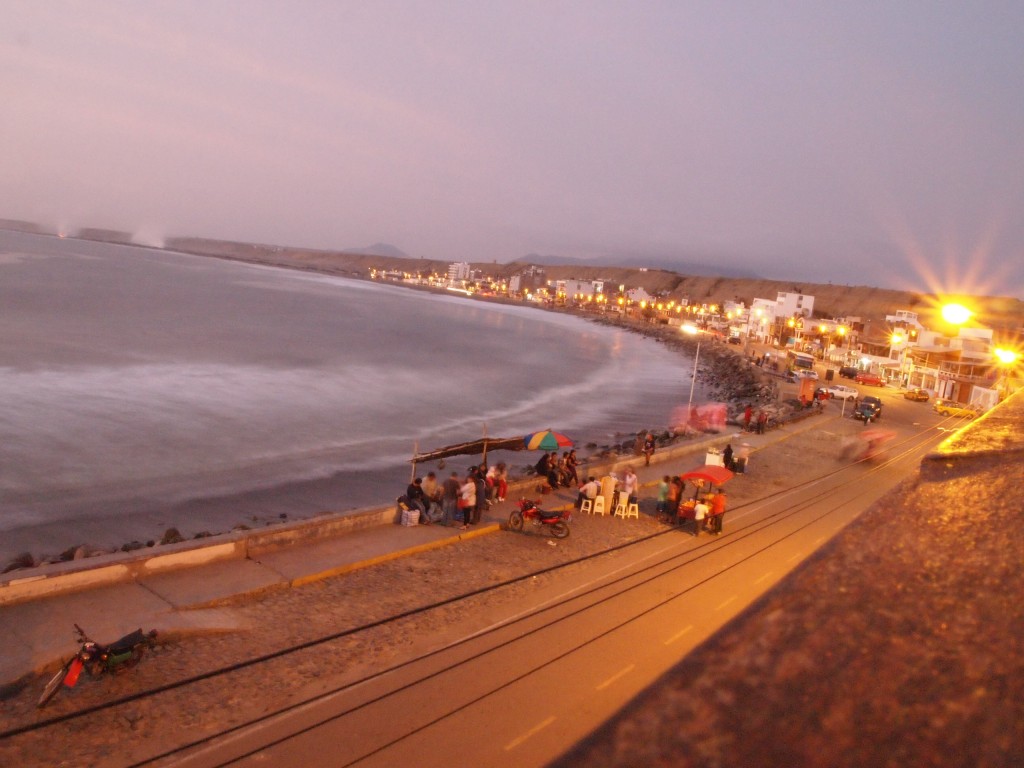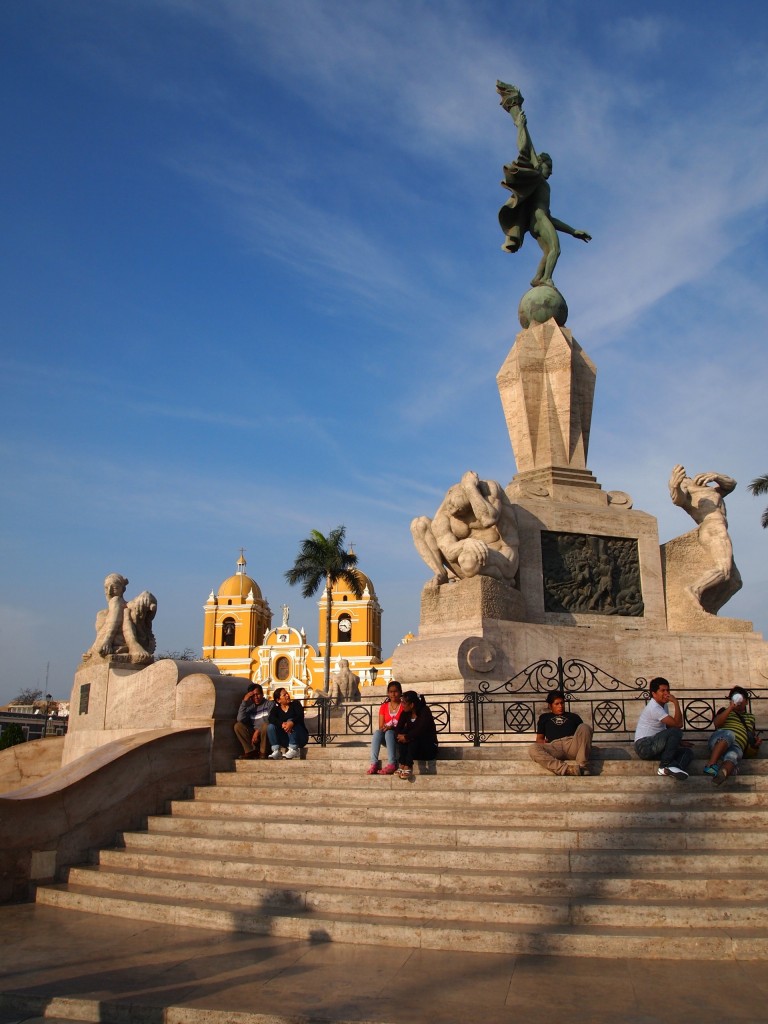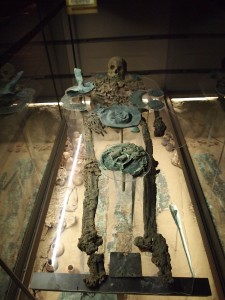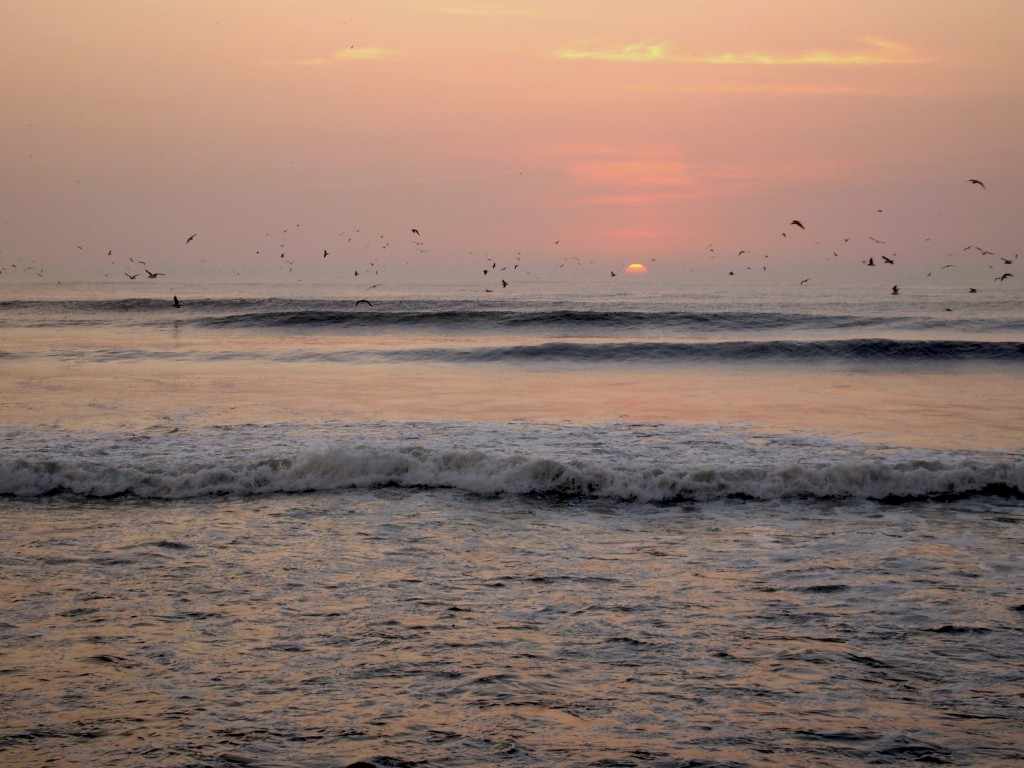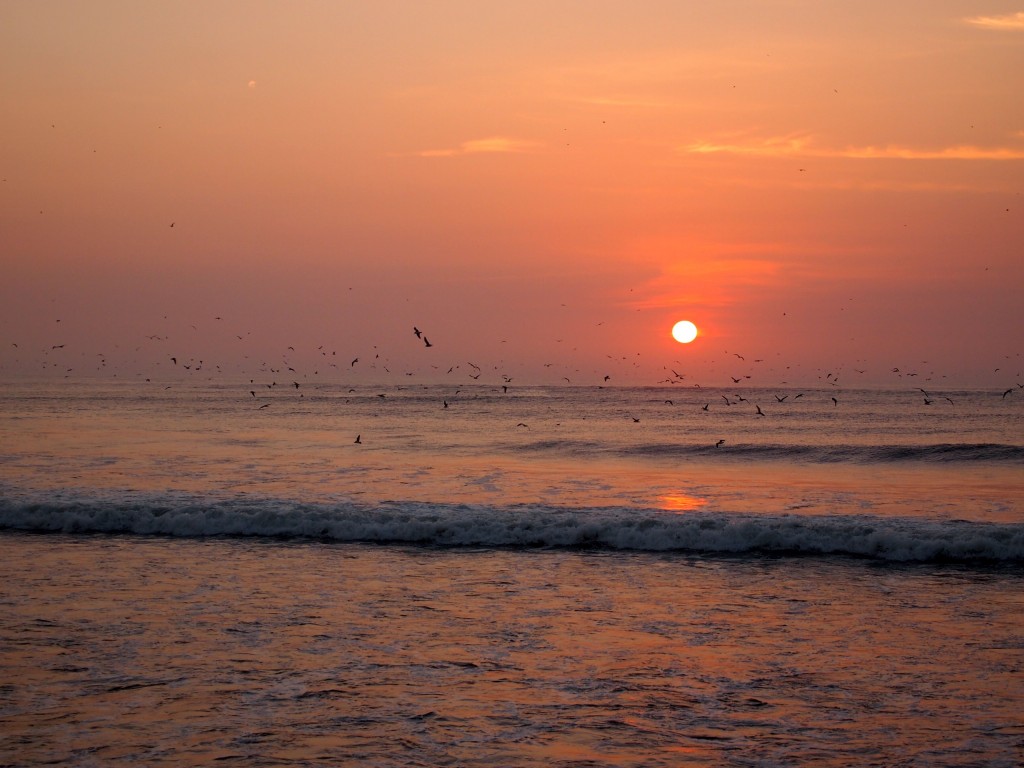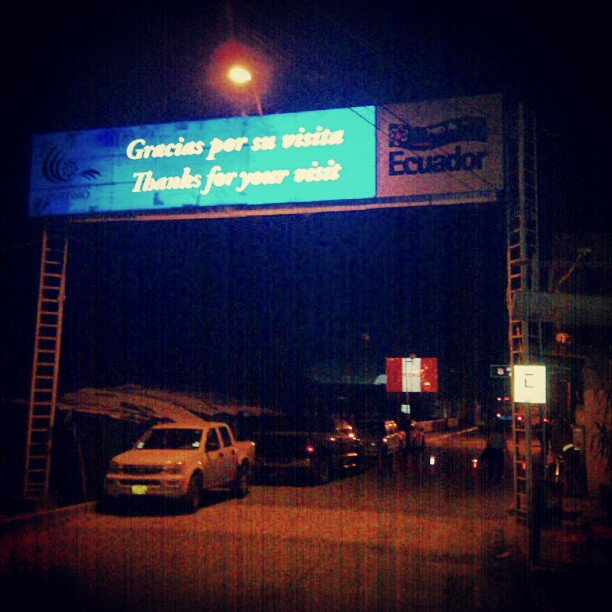Well, I’ve officially had my first vacation meltdown.
I’m surprised how easy that is for me to admit, but I suppose these sorts of moments happen to everyone, and in an honest attempt to document my trip — the breathtaking moments, the hysterical stories, and the sad, frustrating days, I have to report that Thursday was one of the later.
While most Americans were sleeping in, preparing to stuff their faces with turkey and for a day filled with family, football, and lots of booze, I got myself up at 5 AM and directed my cab driver to an intersection where there was supposedly a bus leaving at 6 AM for ToroToro, a small town at the edge of a national park six hours south of Cochabamba.
That supposedly is emphasized because despite the fact that I had my hostel receptionist call the office to triple check they were indeed running buses on a normal schedule, this is Bolivia after all, and I knew nothing could be that simple.
Unfortunately, I was right.
Around 5:40 AM, a gigantic 6-wheel Volvo truck, painted yellow and red with a front cab at least four feet off the ground, rolled up in front of the bus “office”: a storefront hidden by a locked metal grate and marked only by a single sign saying “Torotoro Autobuses”. As the driver got out and opened the small puerta above the 5 rung ladder leading to the back bed of the truck, I ran through the possibilities in my head.
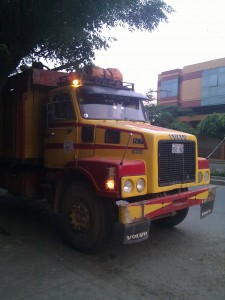
My lovely ride.
Maybe he’s delivering things for the bus to bring to ToroToro? Maybe this is the cheaper form of transit I’d read about in my guidebook and the real bus will be here soon? Maybe he knows one of the señors y señoritas he’s shaking hands with and pulled over to say hello? Maybe it’s so early in the morning I’m hallucinating?
Despite my subconscious’s inner protests, twenty minutes later I’d forked over 20 Bolivianos (approximately $2.85) and was climbing into the front cab of that truck, trying to mentally and physically prepare myself for a six hour drive down a windy, dirt road. To my right was the only other tourist of the bunch — a Japanese man named Hiro who I could only communicate with in Spanish since he didn’t speak any English. We gawked, laughed and shrugged our shoulders together at this ridiculous adventure we were about to embark on. He had his point-and-shoot digital camera out and was taking dozens of pictures every chance he got. Meanwhile, I was too sleepy and shocked to even process what was happening.
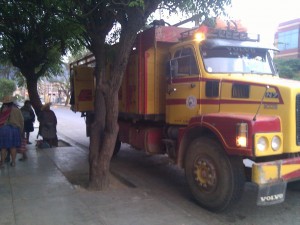
Apparently, there weren’t enough people, so they didn’t bother booking a bus. If we wanted to get there that day, we were stuck in the camiones.
The dozen or so indigenous men and women, waiting on the sidewalk with huge parcels, hopped in the bed of the truck — protected by 4 foot ‘walls’ — with their bags and our backpacks, which I could only pray wouldn’t roll off the elevated platform above the truck’s cab where they’d been precariously placed.
My first observation upon hopping in the truck? The speedometer was rotated 90 degrees to the left, with the 60 where the 0 should be, and, not surprisingly, the needle stayed at 0 no matter how hard our driver pushed on the gas. Which was relatively hard, but to no avail, as I’m not sure we drove faster than 40 miles an hour the entire morning.
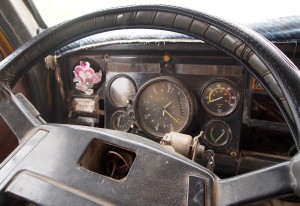
One cannot make things like this up.
Several holes in the dashboard revealed handfuls of tangled wires, the glove compartment was held shut with a piece of string, and a pine tree-shaped air freshener that looked as old as I am hung from a skull pin tacked to the felt, zebra-striped dashboard cover. If I looked down at the driver’s feet, I could see a hole revealing more wires and the ground, whizzing by below. The cab had no windows, let alone seatbelts, and there were no windshield wipers, just a singular black knob at the end of a two inch plastic stick. Whenever we stopped and the driver needed to get out of the truck, he placed a brick-like metal block on the brake pedal.
I wish I were making this up.
Only half of the six hours of road we covered was paved. In this case, however, paved meant cobblestone, which explains why when I finally got out of the cab for good at 12:30 PM, I felt like my kidneys and stomach had involuntarily traded places.
Both Hiro and the driver were smokers, and between the windy roads, strong diesel smell and the cigarette fumes, I’m shocked I didn’t lose my roadside breakfast of a coca cola, banana and 1 boliviano bread roll. Although I was convinced at one point my legs were going to fall off because my ass was so numb from the thin, unpadded bench we were sitting on, we somehow arrived in ToroToro in one piece.
I walked to the one hostel I’d seen on the main plaza, and enticed by the ridiculously low price of 25 Bolivianos — or $3.75 — for a night in a single room, I said yes, grabbed my key and set down my backpack.
I quickly discovered this very small pueblo has no restaurants, only a big room that looks like a university mess hall, with several cashiers and long tables set up with plastic chairs. It was empty by the time I arrived, and although there were several señoras eating in the back corner of the room, when I asked if they had any almuerzo, they simply scoffed, said ‘no hay‘ and went back to their conversation. I asked a half dozen people for directions to markets, restaurants or other hostels. Nobody had the slightest interest in helping me, nor did they acknowledge how bizarre it was that their town — at the foot of a national park frequented by tourists — didn’t have any other places to eat.
Instead, I made do with fruit and snacks from a tiny tienda, grabbed my reader and sat in the sun in the main plaza waiting for the tourist office to open. In Torotoro, it’s explicitly stated that you may not walk on any of the trails in the park without a guide, who needs to be hired through the tourist office. You cannot enter the park without paying your entrance fee, which also must be done at the tourist office. At just past 1:30 PM, I was told the tourist office would re-open after almuerzo at 2 PM. By 3:45 there was still nobody there. I went back to the my hostel to ask, and the owner pointed me toward a man sitting outside. “El es a guia,” was all he said. So I began pestering the poor man with questions, discovering that he too had no idea when the office would open again for the day, if at all. He confirmed I needed a guide, but also informed me that even if I could hire a guide (which I couldn’t) it was too late in the day to do anything in the park. So that was it, my day had officially been deemed useless.
Exhausted, not quite satiated from my pathetic snack lunch, the pain in my foot returning from my painkillers wearing off, and beyond frustrated at the crappy town I’d chosen to drag myself 6 hours down a windy dirt road to stay in, the tears began to pour down my cheeks. I was totally alone (Hiro booked it from the truck when we arrived and I had no idea where the hostel he’d found was), there wasn’t a single person who spoke English, and I couldn’t find a real meal to save my life. And you can imagine exactly how thrilled I was to spend a second day in a row doing absolutely nothing.
Then, it started to pour. Thunder and lightening shook the trees around my hostel, and the rain came down so hard it leaked through my window and into a huge puddle in my room. Fed up, exhausted and lacking motivation to interact with more Bolivians, I had another pathetic snack meal, curled up with some Newsroom episodes and tried to ignore the storm.
Thankfully, Friday was a slight improvement, and I managed to find a group of 6 other tourists, including Hiro, who had hired a guide for the 5 km circuit to the canyon outlook, waterfalls, and dinosaur footprints. Of course I’d gotten myself up at 8 AM and in the four hours between my wakeup call and then time our group actually left for the trail, I’d been given so much contradicting and plain wrong information, I was ready to hurdle an ancient stone at somebody’s head. One guide told me it was possible to do the main circuit in 2 hours and then the caves in the afternoon. Another told me the main circuit was actually 5 hours. Another told me my group had left without me when they clearly had not. Yet another man told me my ticket would cost 15 bolivianos when it really cost 30. It’s unbelievable what people will tell you when they simply don’t know. It’s the same with directions — they don’t know where you’re trying to go, so they point in a random direction. It’s truly unbelievable.
The circuit we took was a beautiful walk — along an old rock riverbed, out to the canyon outlook, down into the canyon to the river at it’s very bottom, then back up a massive number of stairs to several other outlooks, then a loop back around to a fenced in area with dinosaur footprints sh erred in sandstone. Because it had rained so hard the night before, the dirt had runoff everywhere, and all the rivers were a disgusting yellow-brown color, which our group joked around looked exactly like chocolate milk. Chocolate milkshake waterfall, anybody?
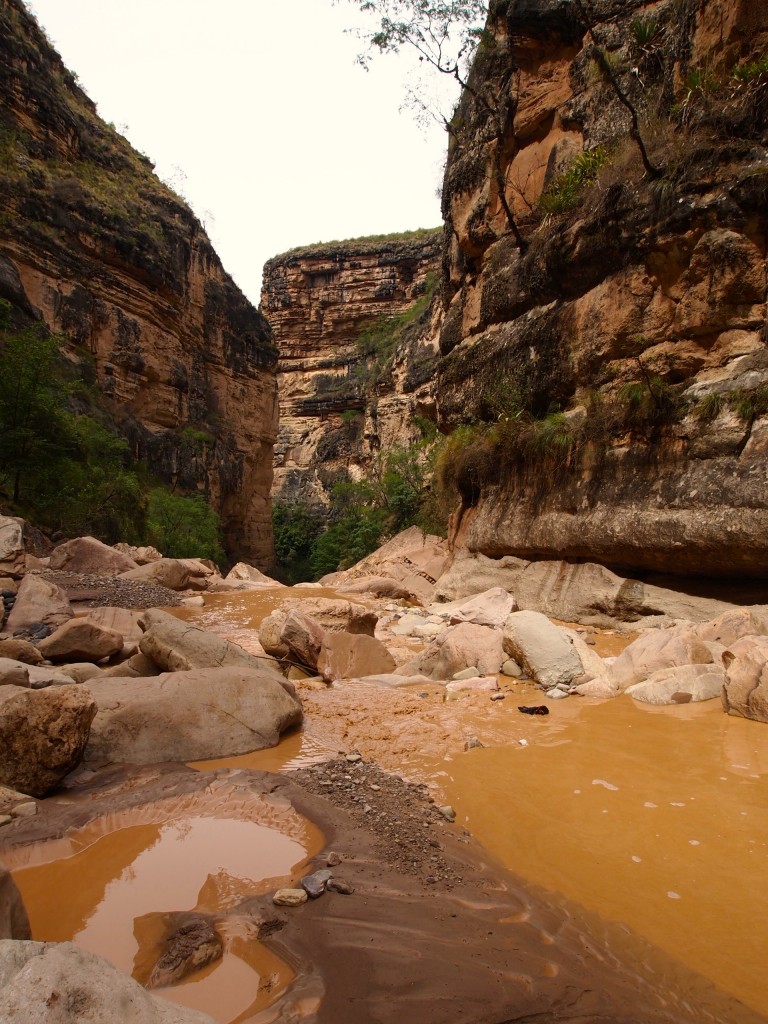
From the very bottom of the canyon!
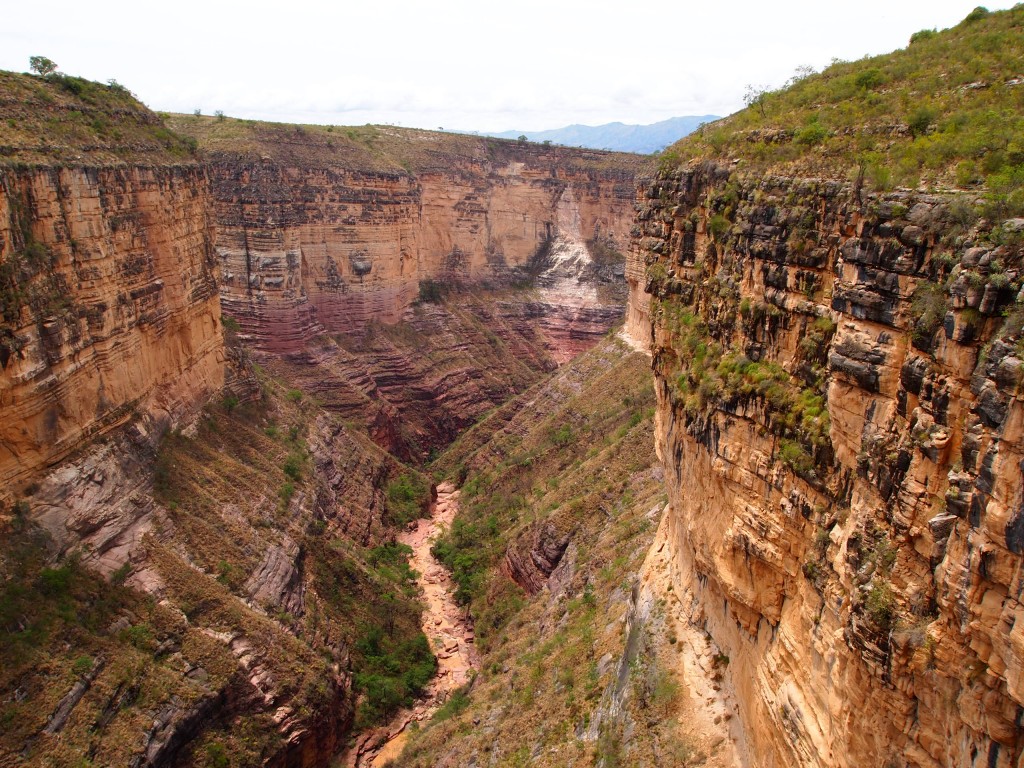
Not quite Colca, but a stunning canyon nonetheless
Being in ToroToro, I felt like I’d stepped into the Land Before Time. It sounds sort of bizarre, but the world here just feels old — the canyons and mountains all reveal layers upon layers of various sediments, lizards scurry along the ground, and age old rocks smoothed by millions of years of weathering lay in every direction. The landscape is breathtaking, and though I’m still trying to decide whether the 12 hours of transport on a dirt road was actually worth it, I can’t deny the beauty of the national park.
-
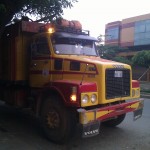
-
My lovely ride.
-
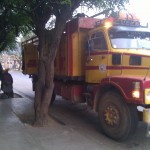
-

-
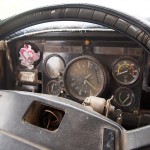
-
One cannot make things like this up.
-
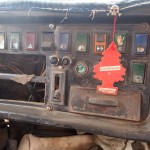
-
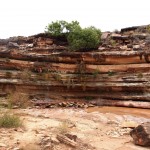
-
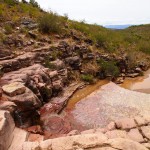
-
Beautiful rock riverbed we hiked through
-
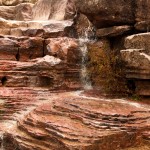
-
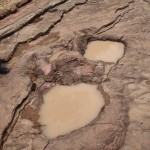
-
Our first ‘dinosaur print’ sighting — I’m convinced this one was just random holes in the rock.
-

-
Our guide, demonstrating with plastic toys, how the dinos walked and created prints.
-
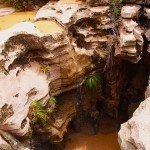
-
Awesome little cavern (and some chocolate milk)
-
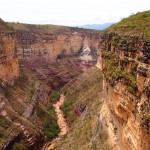
-
Not quite Colca, but a stunning canyon nonetheless
-
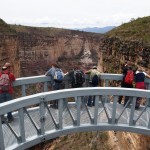
-
awesome bridge/lookout point. you’d think if the town had this, it would have some restaurants too…
-

-
Stella liked this canyon more than Colca (less stairs!) so she decided to make an appearance.
-

-
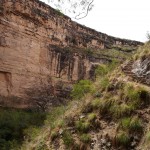
-
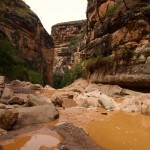
-
From the very bottom of the canyon!
-
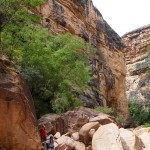
-
You need the people to understand the ridiculously size of the boulders
-

-
Another dino print I’m relatively skeptical about…
-
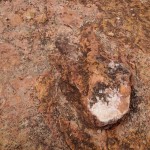
-
This print, however, I believe. A tri-clawed raptor!
-
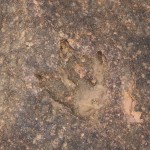
-
Another awesome tri-called print
-
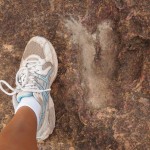
-
This dino could’ve worn my shoes!
-

-
The biggest set of prints in the park — a brontosaurus!
And right in line with the ridiculousness of the last two days, the 5 AM bus I had a ticket for didn’t actually leave until 6:15. Of course. I love setting 4:30 AM alarms for no reason. And then, halfway through our ride, the bus broke down in the middle of the cobblestone, windy road. Don’t ask me how, why, or what even happened because despite my many questions nobody quite had an answer, but an hour and 15 minutes later the bus cooperated and miraculously started again. Seven hours later, I am finally in Cochabamba… again.
Thankfully, the entire two day shlep was dirt cheap — 3 bucks for the bus, er.. truck, each way, and less than $4 per night for my room. It was 100 bolivianos, or $14, for a guide for the day, but split 7 ways, we each ended up paying less than $3. And food didn’t cost much… not that I had any restaurants to choose from. In two days, I managed to spent less than $30.
And now I’m holed up in Cafe Paris on the Plaza 14 de Septiembre, avoiding the rain and catching up on my internet life. I’ve got 6 more hours to kill until my overnight bus to La Paz, and once I arrive there I’m going to pray I can find myself some breakfast and then head right to the airport. I can’t wait to finally be in Rurrenabaque and heading off into the jungle on an organized tour for three days.. a welcome change!






























